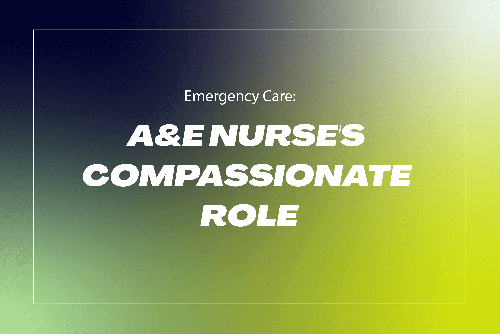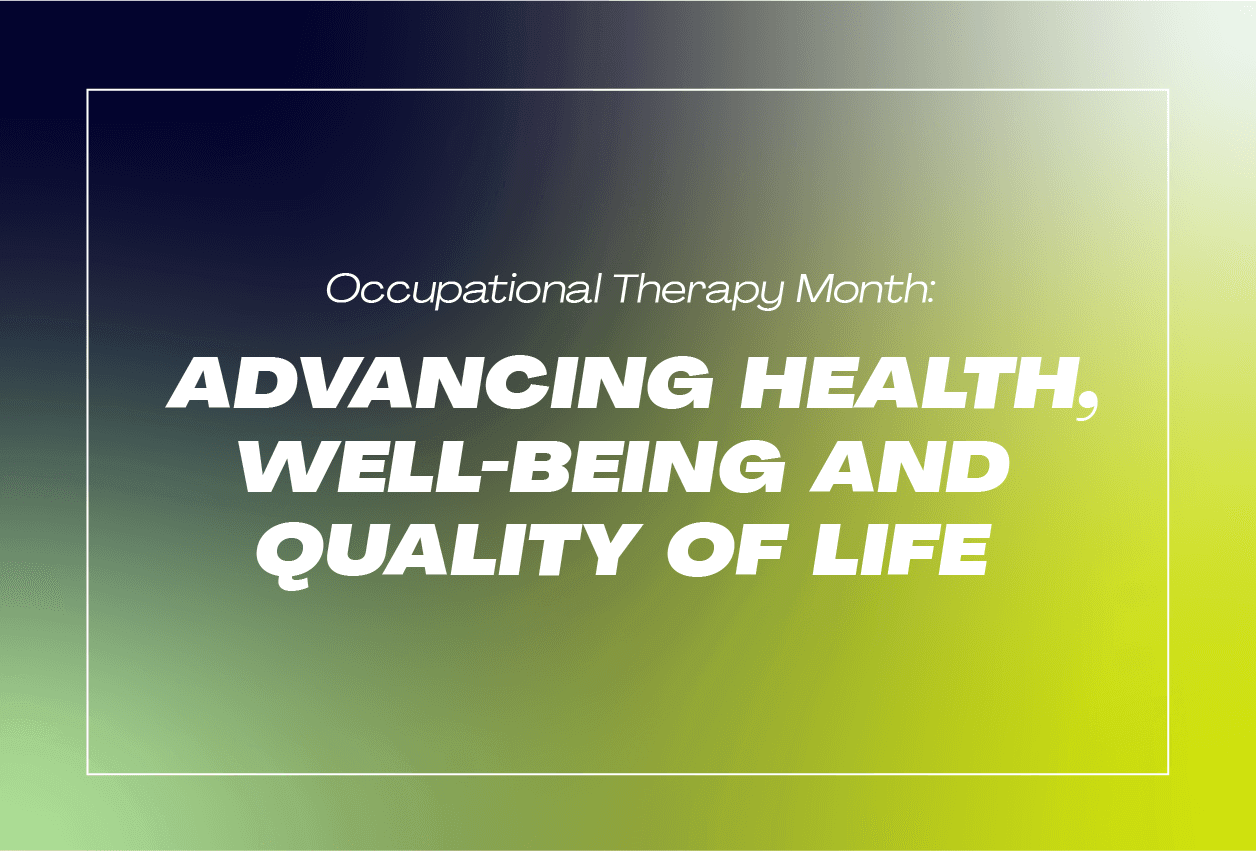By Rachel Lamb . 02/02/2018 · 10 Minute read
Cancer. It’s a word we’re all more than familiar with. We see it everywhere; on TV, in books and magazines, on posters and online. Studies show that most of us will experience cancer in our lives, be it personally or through a loved one, and that’s a harsh reality to deal with. But thankfully, awareness and research is at its highest.
What is World Cancer Day?
February 4th is World Cancer Day – a day where the world highlights the effects of cancer and raises global awareness of the warning signs.
Charities, organisations, patients, survivors and their loved ones use this day to show how people can make a difference in the fight against Cancer. To show our support, the staff at Your World are here to tell their stories, give vital advice and promote the warning signs of cancer.
How checking your moles could save your life
Karen shares her story of finding a stage 1a Melanoma in July 2012, just 12 weeks after her son was born.
I am very fair skinned and have lots of moles all over my body and have always kept an eye on them for changes. I had a mole on my right thigh that I noticed had changed colour and gone black. I went straight to the doctor, who referred me to a dermatologist. He suspected it was a melanoma.
I fell apart. I was terrified, having only just had my first son and then learning that I possibly had skin cancer.
The mole was removed and taken for testing, which came back as positive for stage 1a Melanoma. This meant it was only the top layer of the skin that was affected, and I had to have a large portion of skin around the area surgically removed. Thankfully, the doctors were successful in removing all the cancerous cells and I didn’t need further treatment.
I then had to go for a process called mole mapping, where all my moles were measured and photos of them could be taken. I have to go every 12 months for follow ups to keep an eye on them.
Since my melanoma, I have had 5 more moles removed, and 2 of them have been cancerous Basal cell carcinoma’s - both of those were within 3 months of my melanoma! I have another mole that I have spotted only this week, which needs checking.
I now have to wear factor 50, even in mild heat, and have to lie in the shade on holiday – a small price to pay for my life! I used to love sunbathing and using sunbeds with very little thought to how I could be damaging my skin. These days, my only sun tan comes in spray form!
Even now, I’m not totally in the clear. My doctor told me there was a 90% chance of developing another melanoma in my lifetime. All I can think is thank god I went to the doctor straight away – who knows what would have happened if I didn’t.
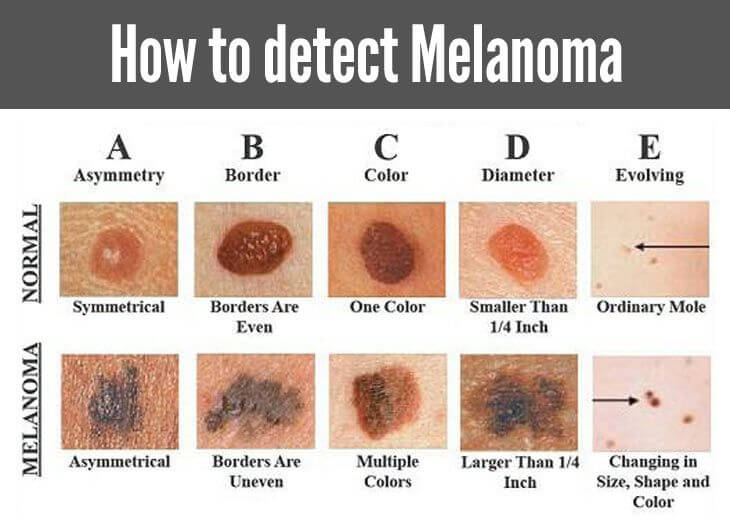
5 steps to check your breasts for abnormalities
Holly takes us through the best way to check your breasts and why it’s so important…
Step 1: Look at your breasts in the mirror. Keep your shoulders straight and your hands on your hips. You should look for any abnormalities in the size, shape and colour of your breasts. There should be no distortion or swelling visible. Look out for puckering, dimpling or bulging in the skin, inverted nipple(s), or any rashes or soreness in the breast. If you experience any of these, make sure to tell your doctor.
Step 2: Raise your arms above your head and look out for the same changes.
Step 3: Check for any fluid coming from the nipple(s). This might include watery, yellow or milky fluid or blood.
Step 4: Now feel your breasts while lying down. Use opposite hands to breasts (e.g. left hand for right breast) and use your hand’s first few finger pads to feel around the breast in a small, circular motion. Remember to keep the fingers flat and together. You might also want to move your fingers up and down along the breast.
You should cover the breast from your collarbone to the start of your abdomen and from the armpit to cleavage.
Use a light touch for underneath the breast, medium pressure for the middle of the breast and firmer pressure for the deeper tissue towards the back of the breast.
Step 5: The last step is to feel your breasts in the same way as in step 4 whilst standing up. This is easier to do when wet, so consider carrying out this step in the shower.
Why should you check your breasts?
This is the easiest and quickest way to detect any potential signs for Breast Cancer, which has one of the highest death rates in Cancer patients.
Breast Cancer runs on both sides of my family and can be hereditary, which is why I make sure to check my breasts once a month. It takes a few minutes of your time and could save your life!
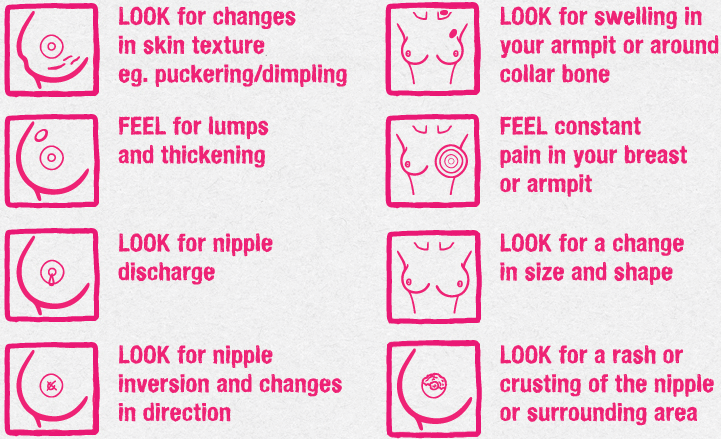
What not to say to a cancer patient
When a member of our staff was helping a friend through treatment for Cancer, she quickly became aware of what patients do not want to hear…
1. Avoid saying ‘I’m sorry’ when they tell you about their diagnosis. Although it’s typically heartfelt and genuine, hearing ‘I’m sorry’ over and over can be disheartening at a time when positivity is so important.
2. Do not use examples of other people with the same or a similar disease when talking to them, especially if the example doesn’t have a positive ending. Again, positivity is really essential, especially in the first stages after diagnosis.
3. Try not to treat them any differently to how you would anyone else. Most Cancer patients want to feel as normal as possible during treatment.
4. Listen and be understanding when they are having a bad day, and respect their space if asked for it. However, you can let them know that you’re there if/when they need to talk.
5. Give tough love! Try not to get emotional in front of the patient and, where possible, make sure they stay positive and proactive with their treatment.
Here’s why you should donate to a Cancer charity
Sarena explains how Macmillan helped her grandad…
My grandad was diagnosed with Small Cell Lung Cancer and the experience of watching how it affects a loved one is indescribable. He was so strong and always smiled, even on weaker days. I thought being the eldest grandchild would make it easier as I had to stay strong for my nan, but it was the hardest thing I have ever had to do.
The nurses at Macmillan who cared for my grandad were fantastic, and the support they gave the rest of my family was faultless. They were so dedicated and I don’t know what we would have done without them to talk to.
In December 2011, my grandad passed away. Six years on and the pain doesn’t leave but we have cherished memories to keep with us – they can never be taken away.
A huge thank you to Macmillan for your kind care and support.
Rest in peace Grandad.
Find out more about Macmillan.

Don’t fear the smear
What is a smear test?
Simple! A smear test (also known as a cervical screening) is a test carried out on a cell sample taken from the cervix, which checks for abnormalities that may be connected with Cervical Cancer. Women of 25 and over are invited to have a cervical screening every 3-5 years.
What happens during a smear test?
You will be asked to undress from the waist down and lie back in the examination chair. The doctor or nurse will use a ‘speculum’ to gently open the walls of the vagina so they can access the cervix. They will then use a small, soft brush to gently take some cells from your cervix.
Is the smear test painful?
The test is typically not painful but can be uncomfortable for some women. Rachel recently had her first smear test and here’s what she said:
‘I was amazed at how easy the whole thing was. It wasn’t painful or even uncomfortable, and my nurse talked me through everything so I felt totally at ease. My test came back clear, but for some women, this isn’t the case! Finding abnormal cells early on is so important in preventing Cervical Cancer.
Don’t be afraid of the smear; it could save your life!’
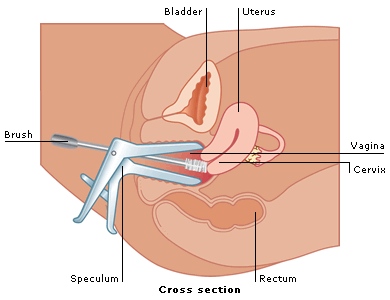
Did you know that Prostate Cancer has overtaken Breast Cancer as the third biggest Cancer killer?
Latest figures show that there were 11,819 deaths from Prostate Cancer in the UK, and this number continues to grow year on year. If you experience any of the following symptoms of Prostate Cancer, talk to your doctor as soon as possible:
- Increased frequency of urination, especially at night
- Sudden urgent need to urinate
- Difficulty with urinating e.g. difficult to start, weak flow, longer time urinating
- Feeling like you’ve not fully emptied your bladder







